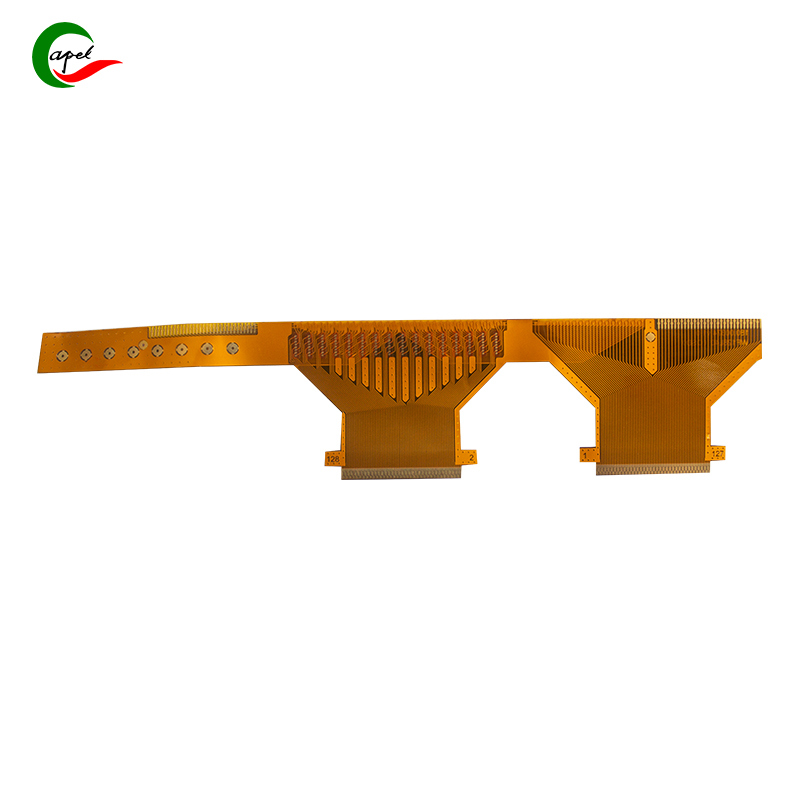Flexible PCBs are in almost every small, bendy device—your wireless earbuds, fitness tracker, even the sensors in your car. But if you want to use them in places that’re wet, hot, or rough (like a factory floor or outdoor tools), you need to know: Can they handle water? What about high heat? And do they stand a chance in harsh environments? Let’s break this down simply, no confusing jargon—just straight talk.
Most basic flexible PCBs don’t like water—but it’s not a “never use near moisture” rule. Here’s what you need to know:
Flexible PCBs have thin copper circuits. When water (or even heavy moisture) touches these circuits, two bad things happen:
-
Short circuits: Water conducts electricity, so it can make electricity flow where it shouldn’t—this might fry the PCB or the device it’s in.
-
Oxidation: Water makes copper rust (corrode) over time. For example, if a fitness tracker’s flexible PCB soaks in sweat every day for months, the copper lines might corrode, and the tracker could stop counting steps.
You can’t just dip a basic flexible PCB in water—but you can add protections to make it work in damp spots:
-
Conformal coating: A thin, clear layer (like silicone or epoxy) sprayed on the PCB. It acts like a raincoat, keeping water off the circuits. This works for things like bathroom scales or outdoor LED lights (where there’s light moisture, not full submersion).
-
Encapsulation: For heavier water exposure (like car sensors that get splashed with rain or mud), the PCB is fully sealed in a plastic or rubber case. This locks out water completely—even if the device gets wet, the PCB stays dry.
No matter the protection, flexible PCBs shouldn’t be submerged in water for long. For example, a smartwatch with a conformal-coated flexible PCB might survive a quick dip in a pool, but if you leave it underwater for an hour, the coating could fail, and the PCB will break.

Flexible PCBs can handle some heat—but too much will ruin them. Here’s the breakdown:
Most standard flexible PCBs use a polyimide substrate (the bendable base) and copper circuits. Their heat limits are clear:
-
Safe range: Up to 120°C (248°F). This covers most everyday uses—like a car’s interior (which might hit 60-80°C on a hot day) or a laptop’s internal components (around 90°C).
-
Dangerous range: Over 150°C (302°F). At this temp, the polyimide substrate starts to melt or warp, and the copper circuits can peel off. For example, if a flexible PCB is near a car’s engine (which can hit 200°C+), it’ll fail fast.
For devices that need to handle more heat (like industrial machines or kitchen appliances), factories use upgraded materials:
-
High-temperature polyimide: A stronger version of the base material that can handle up to 200°C (392°F).
-
Thicker copper or heat sinks: Thicker copper carries heat away faster, and small heat sinks (metal pieces that absorb heat) can be glued to the PCB to keep it cool. This works for things like oven temperature sensors (which get near 180°C).
Even upgraded flexible PCBs can’t handle extreme heat—like near a welding torch (1,000°C+) or a rocket engine. For those, you’d need special ceramic circuits, not flexible PCBs.
“Harsh environments” cover a lot—wet, hot, dusty, or vibrating places. The answer isn’t “yes” or “no”—it’s about how you protect the PCB. Here are common harsh scenarios and whether flexible PCBs work:
Yes—if protected. For example:
-
A GPS tracker for hiking gear uses a flexible PCB with conformal coating and a sealed case. It handles rain, dust, and temperature swings (from -20°C to 60°C) without issues.
-
Key protection: Sealed case + conformal coating to block moisture and dust.
Yes—with upgrades. Factory machines vibrate a lot, and there’s often oil or coolant. Flexible PCBs here need:
-
Reinforced substrate: Thicker polyimide to handle vibration (so the circuits don’t crack).
-
Oil-resistant coating: To keep machine oil from eating away at the PCB.
-
Example: A robot arm’s sensor uses this setup—it vibrates all day, gets splashed with oil, and still works.
Rarely—unless fully encapsulated. Basic water-resistant coatings won’t work here (water pressure at depth breaks them). You’d need to seal the PCB in a thick, pressure-resistant case (like metal). Even then, most underwater devices use rigid PCBs (they’re more stable under pressure)—flexible PCBs are only used if the device needs to bend.
Yes—with small tweaks. Flexible PCBs don’t freeze, but the polyimide can get stiffer in cold (-40°C to -20°C). To fix this:
-
Use a more flexible polyimide blend that stays bendable in the cold.
-
Example: A sensor in a commercial freezer uses this—works fine even at -30°C.
Basic flexible PCBs are delicate—they fear water and extreme heat. But with the right upgrades (coating, encapsulation, stronger materials), they can work in most harsh environments. The key is to match the PCB’s protection to the environment: If it’s wet, add a seal; if it’s hot, use high-temp materials. For extreme cases (like deep underwater or 1,000°C heat), though, flexible PCBs aren’t the right pick.
related link: